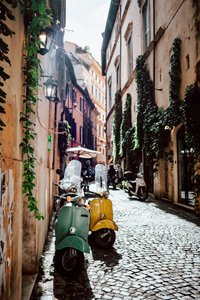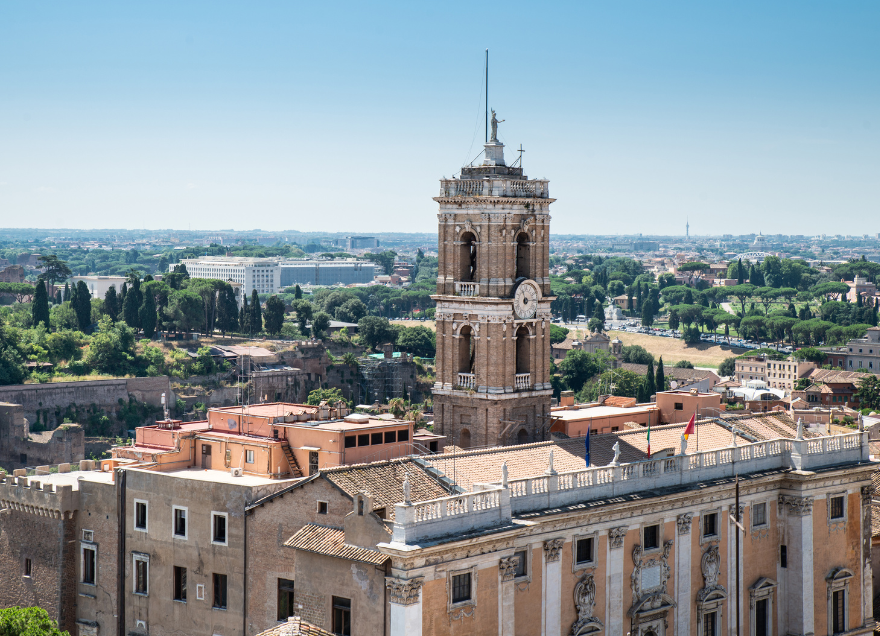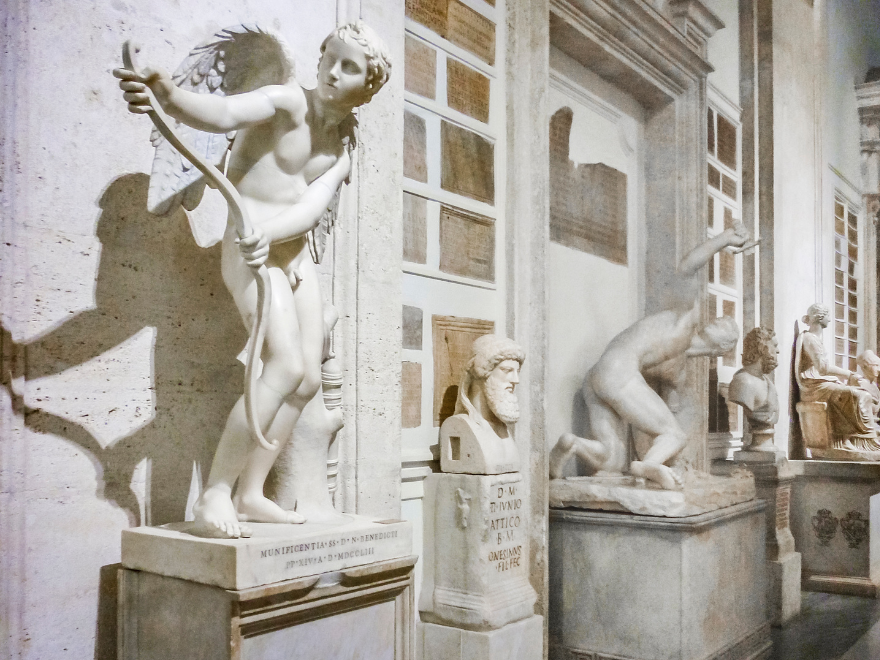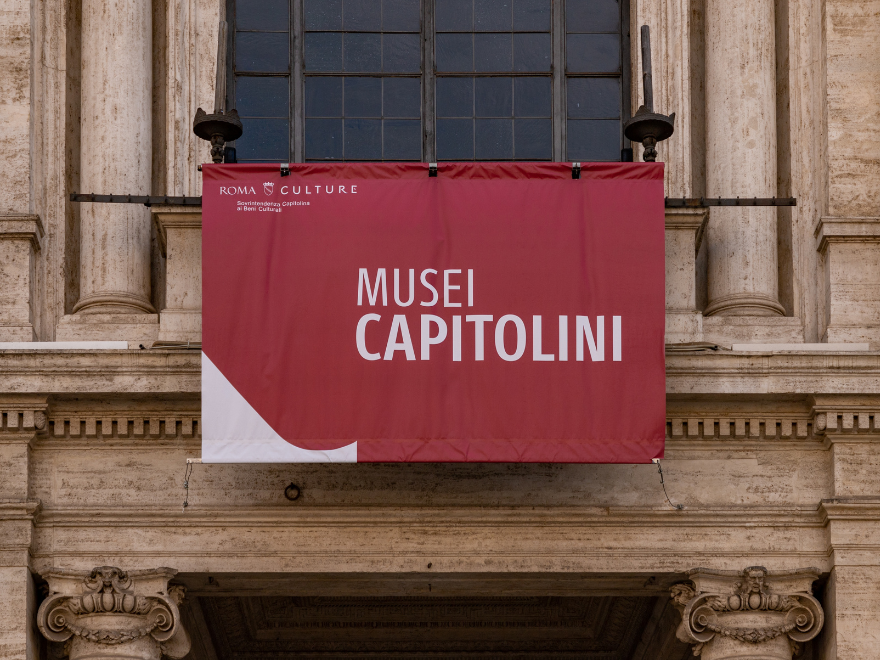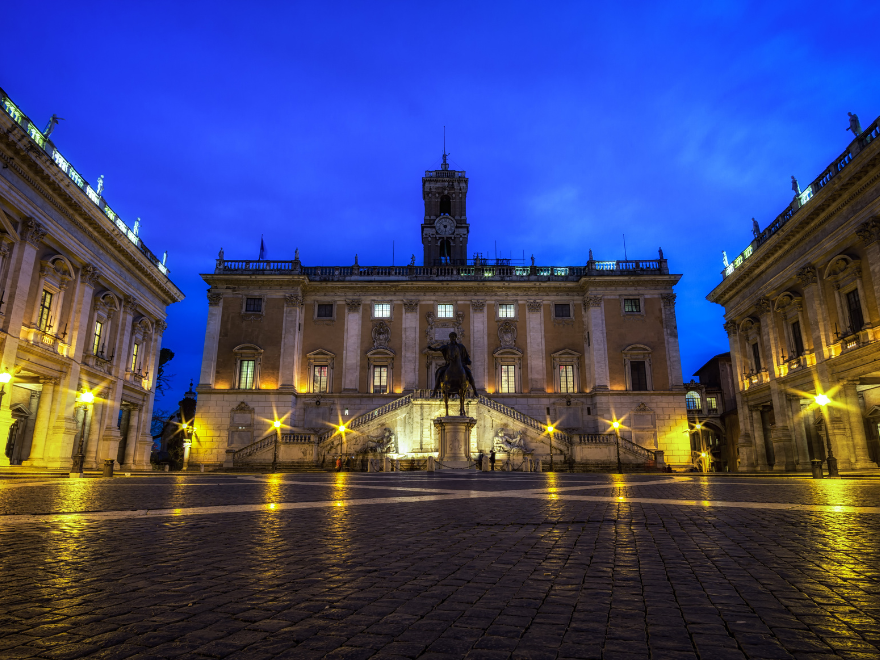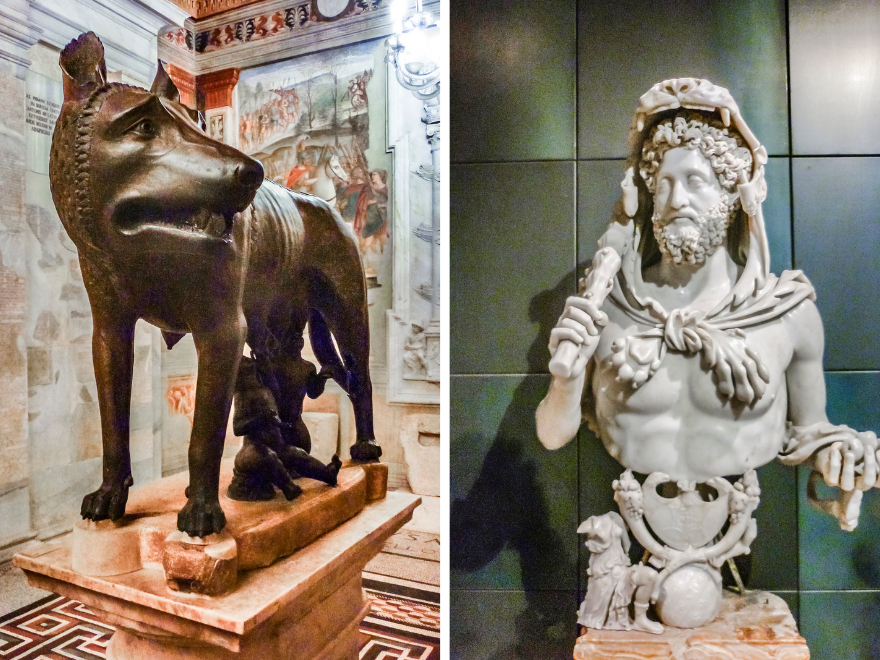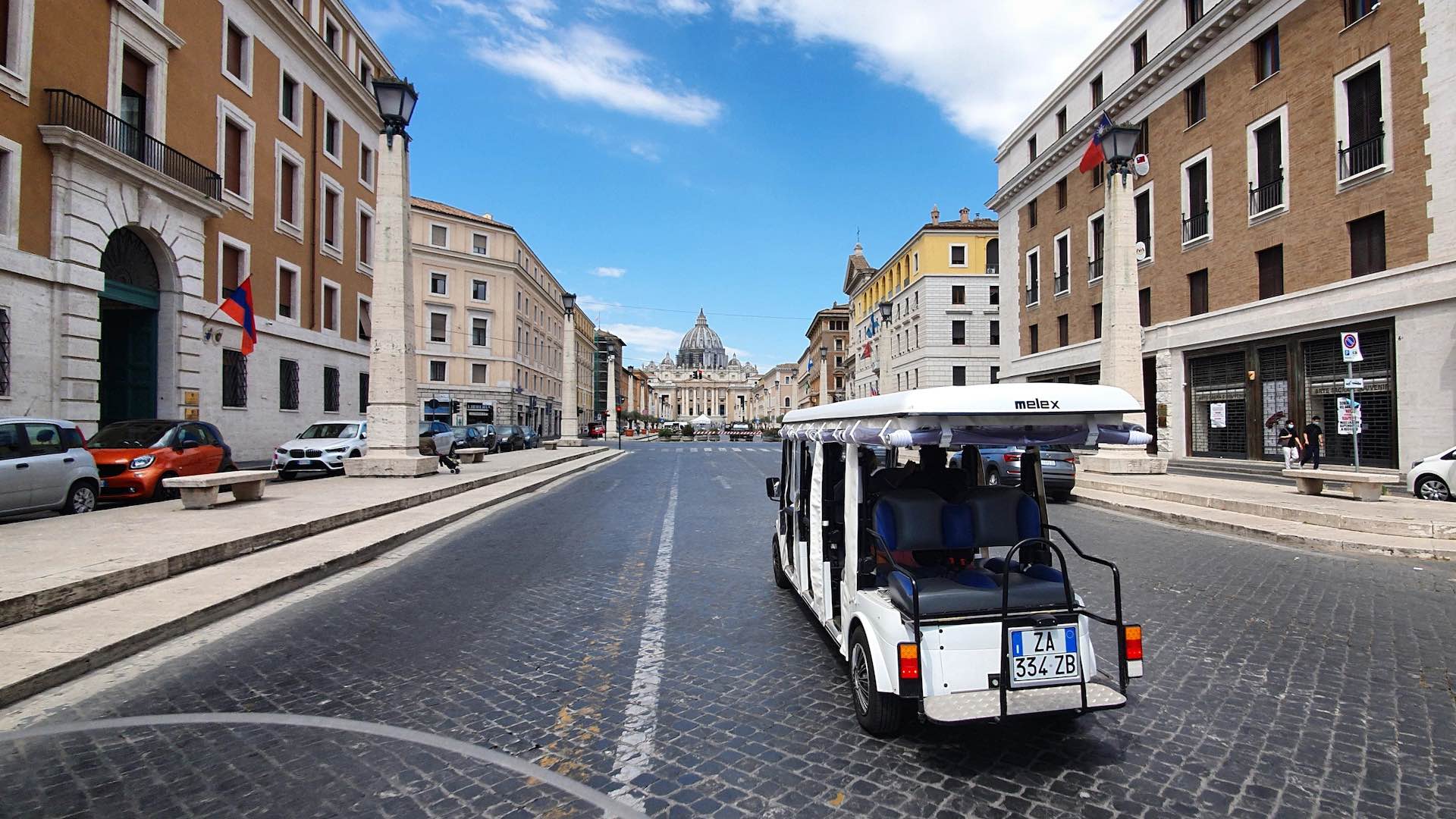The Capitoline Museums are a must-visit destination within Rome. As one of the Italy’s most majestic buildings, it has the privilege of housing some of Rome’s greatest paintings and sculptures, offering an archaeological insight into the past.
Do you happen to be a Michelangelo enthusiast? Your search for his work in Rome should encourage you to visit the museums as his architectural direction is what shaped their layout and design. He also engineered Piazza del Campidoglio, on which the museums are situated.
The Capitoline Museum may not be as world-famous as the Vatican Museums but it’s just as beautiful and historic. Let’s learn about this brilliant museum, what it’s famous for, and more!
What is the Capitoline Museum famous for?
Founded in 1471, the Capitoline Museums were originally dedicated to housing ancient bronze sculptures belonging to Pope Sixtus IV. Since then, the museums have been used to home countless historically-significant art pieces, making it an archaeological power house located in the heart of the historic center.
Wandering through the ornately decorated halls, you’ll come across some of Rome’s most iconic art pieces, including the famed She-Wolf statue (Lupa Capitolina), depicting Romulus and Remus sucking a wolf’s teat per Rome’s creation myth.
The Capitoline Museums also boast the Colossus of Constantine, a larger than life statue of Emperor Constantine the Great dating back to the 4th-century, and the Dying Gaul, a 3rd-century replica of a Greek statue from the same era.
The Capitoline Museums are as vast as they are beautiful, and it’s easy to get lost amidst the awe-inspiring art. Luckily, the official Capitoline Museum has a layout of the floor plan free for download. While every corner of the museum promises something special, the most well-known sections are the Palazzo dei Conservatori (featuring the Exedra of Marcus Aurelius, part of the Temple of Jupiter, and more) and Palazzo Nuovo housing the Hall of Gaul, Hall of Emperors, and the Cabinet of Venus).
We also suggest swinging by the Tabularium for incredible, sweeping views of the Roman Forum. These x-rays of the past perfectly complement the amazingly well-preserved works inside and are the perfect conclusion to your Capitoline experience.
Capitoline Museum exhibits
The Capitoline Museums’ impressive art collections are categorized by type of medium and subject, allowing visitors to fully immerse themselves in each experience.
The Painting Gallery awes visitors with an impressive collection of inspiring Renaissance paintings from some of Italy’s greatest minds. Admire Caravaggio’s Saint John the Baptist, Cesari’s Diane the Huntress, and Reni’s Saint Sebastian, noticing the deep shadows and emotions of every stroke.
There is also a hall dedicated to busts of philosophers, each one representing the groundbreaking ideas and thoughts they brought to the Western world and displayed as if they were all convening with one another.
For those looking to explore Rome’s early days, indulge in the Capitoline Museums’ body of ancient sculptures depicting key moments in Roman mythology, history, and religion. Wander at the sadness lingering in Bernini’s Medusa – her stone eyes silently weeping. Enjoy the intimate moment depicted by Boy with Thorn, along with many more great bronzes, like the She-wolf and Brutus.
Is it worth going to the Capitoline Museum?
Yes, most visitors consider the Capitoline Museum to be well-worth the visit.
With its breathtaking architecture paired with countless bewildering antiquities and Renaissance art, this centrally-located gallery promises to make its mark on anyone who passes through its historic doors.
From intimate moments immortalized in bronze or oil on canvas to Rome’s greatest victories depicted through larger-than-life works, there’s something for everyone regardless of their art-history knowledge.
The Capitoline museum is also located in the heart of Rome’s historic center, making it the perfect place to explore after wandering through the Roman Forum and Colosseum. Tucked away at the top of a tall, marble staircase, the Capitoline museum is just out of sight as to not attract swarms of tourists. So, it’s unlikely you’ll have to wait in long lines or cope with large crowds.
How long does it take to go through the Capitoline Museum?
It usually takes visitors about two to three hours to explore the Capitoline Museum.
While the Capitoline Museum is not nearly as vast as, say, the Vatican Museums, you can expect to spend a couple of hours touring its historic halls. Two to three hours should be plenty of time to admire all your favorite works at a leisurely pace.
We also suggest budgeting some extra time to take mesmerizing pictures of the exhibits, enjoy the bewitching terrace views, and sip a cappuccino at the museum cafe.
How much does the Capitoline Museum cost?
The Capitoline Museums ticket prices vary greatly depending on where you live, your age, and education status.
These prices can vary from 2 euros to 21 euros per person, with students, children under the age of 6, and seniors receiving a special discounted rate. Those with disabilities may also receive a special price.
Additional tickets may be available that include guided tours or access to temporary exhibitions visiting the museum. So, when buying your tickets, make sure to double-check if you qualify for any discounts and take note of visiting exhibitions to make sure your ticket includes your desired itinerary.
Where are the Capitoline Museums located?
The exact address of the Capitoline Museums is:
Piazza del Campidoglio, 1, 00198, Rome, Italy
They are found directly on the square built atop Capitoline Hill.
This location can be very easily found in relation to other historic landmarks, like the Roman Forum and Piazza Venezia.
How do you reach the Capitoline Museums?
The hill is tucked into the corner of the unmissable Vittorio Emanuele II monument on Piazza Venezia. To the right of the facade you will notice steps going up the hill which will lead you straight to the museums.
If you decide to take public transport, note that several buses stop at Piazza Venezia, from where it is a 2-3 minute walk up the hill to the museum. These buses run on the lines 40, 46, 60, 63, 64, 70, 80, 81, 83, 85, 87, 118, 170, 628, and H.
If you prefer to opt for a taxi, the most convenient drop-off location will still be Piazza Venezia.
Capitoline Museum hours
The typical opening hours for the Musei Capitolini are from 9:30 AM to 7:30 PM. The last admission of entry takes place at 6:30 PM, which is an hour before closing time.
Since these museums are highly sought after, we recommend visiting them as early in the day as possible. Summer is considered peak tourist season, which is when they might be more crowded. The colder months tend to offer a quieter atmosphere.
Be advised that the museums are open every day, except for certain holidays:
- New Year’s Day: January 1st
- Labor Day: May 1st
- Christmas Day: December 25th
Capitoline Museum official website
Although we strive to offer extensive guides to various Roman attractions like the Capitoline Museums, we cannot foresee year-to-year changes in their operations programming.
Therefore, we encourage you to visit the official website before your visit, in order to plan your trip according to the most accurate updates on tickets, opening hours and special exhibitions.
Conclusion
When in Rome, the Musei Capitolini are a must-visit site as they hold the cultural key to understanding the treasure troves of the city. The collections held within the complex provide the most distinctive approach in understanding ancient Rome, and other pivotal, Rome-sculpting civilizations and periods.
The museums are meticulously curated and provide some of the best, accessible communications such as through audio guides in English and even in sign language!
Would you like to further enrich your experience at the Eternal Museum?
Consider booking a guided tour that will shape your experience through compelling storytelling. No matter how well laid-out a museum or a gallery may be, it helps tremendously to have someone by your side to help you weave in and out of the collections effortlessly.
Explore the Walks Inside Rome’s website for other curated tours and a wealth of articles that can help you design your trip!
